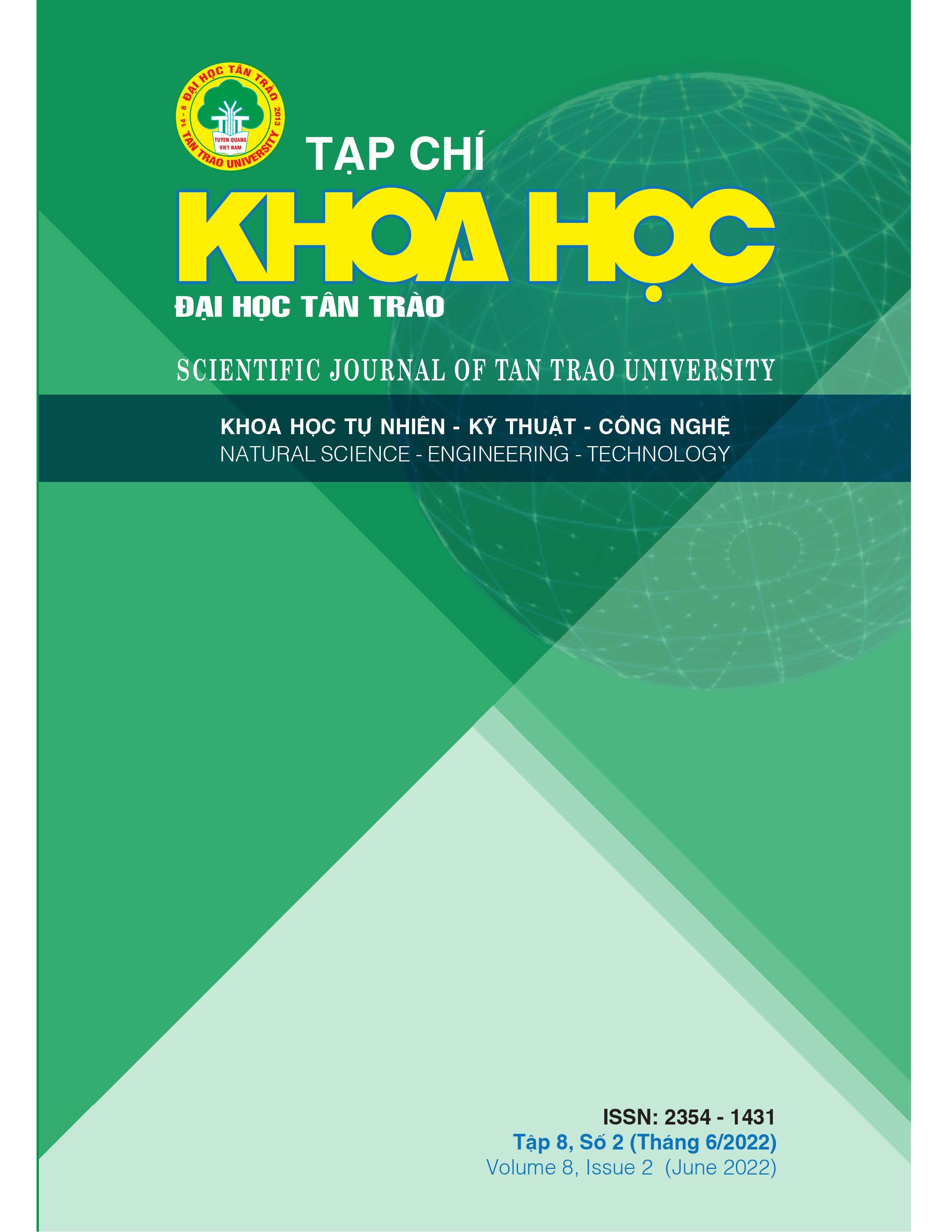TÌM NGHIỆM CỦA PHƯƠNG TRÌNH HÀM VI - TÍCH PHÂN BẰNG PHƯƠNG PHÁP ĐỒNG NHẤT
DOI:
https://doi.org/10.51453/2354-1431/2022/744Từ khóa:
Nguyên hà m, tÃch phân, phÆ°Æ¡ng trình vi - tÃch phân, đồng nhất, há»c sinh - sinh viênTóm tắt
Với mục đích cung cấp một số dạng toán về phương trình vi phân - tích phân cũng như giúp các em học sinh đạt kết quả cao trong các kỳ thi như THPT Quốc gia, thi học sinh giỏi, Olympic, tác giả đã đề cập đến cách sử dụng phương pháp đồng dạng để tìm hàm số trong bài toán về phương trình hàm vi phân - tích phân. Từ đó giúp hình thành phương pháp giải hiệu quả cho học sinh khi gặp các dạng toán này. Các bài tập toán này được chúng tôi sưu tầm và tổng hợp từ một số tài liệu và một số cuộc thi trong những năm gần đây, tác giả đã bổ sung và hình thành những phương pháp chung hỗ trợ cho các em học sinh ở các chuyên đề khác nhau trong quá trình học tập và tìm hiểu. Vì vậy, các em hoàn toàn có thể tự thiết kế các bài tập tương tự
Tải xuống
Tài liệu tham khảo
[1] Olympiad exam problems and preparation materials for pupils and students of the Vietnam Mathematical Association (http://vms.org.vn).
[2] Fanpage: Mathematical journals and materials - Conquering the Math Olympiad.
[3] Nguyen Xuan Liem (1997), Calculus Volume 1, Education Publishing House, Hanoi.
[4] Nguyen Dinh Tri (editor)-Ta Van Dinh-Nguyen Ho Quynh (2008), Advanced Mathematics volume 2, Education Publishing House, Hanoi.
[5] Tran Duc Long-Nguyen Dinh Sang-Nguyen Viet Trieu Tien-Hoang Quoc Toan (2008), Calculus exercise, volume 1, Hanoi National University Publishing House.
Tải xuống
Đã Xuất bản
Cách trích dẫn
Số
Chuyên mục
Giấy phép

Tác phẩm này được cấp phép theo Giấy phép Quốc tế Creative Commons Attribution-ShareAlike 4.0 .
Bài báo được xuất bản ở Tạp chí Khoa học Đại học Tân Trào được cấp phép theo giấy phép Ghi công - Chia sẻ tương tự 4.0 Quốc tế (CC BY-SA). Theo đó, các tác giả khác có thể sao chép, chuyển đổi hay phân phối lại các bài báo này với mục đích hợp pháp trên mọi phương tiện, với điều kiện họ trích dẫn tác giả, Tạp chí Khoa học Đại học Tân Trào và đường link đến bản quyền; nêu rõ các thay đổi đã thực hiện và các nghiên cứu đăng lại được tiến hành theo cùng một bản quyền.
Bản quyền bài báo thuộc về các tác giả, không hạn chế số lượng. Tạp chí Khoa học Tân Trào được cấp giấy phép không độc quyền để xuất bản bài báo với tư cách nhà xuất bản nguồn, kèm theo quyền thương mại để in các bài báo cung cấp cho các thư viện và cá nhân.
Mặc dù các điều khoản của giấy phép CC BY-SA không dành cho các tác giả (với tư cách là người giữ bản quyền của bài báo, họ không bị hạn chế về quyền hạn), khi gửi bài tới Tạp chí Khoa học Đại học Tân Trào, tác giả cần đáp ứng quyền của độc giả, và cần cấp quyền cho bên thứ 3 sử dụng bài báo của họ trong phạm vi của giấy phép.






